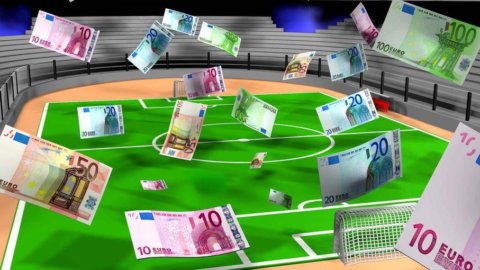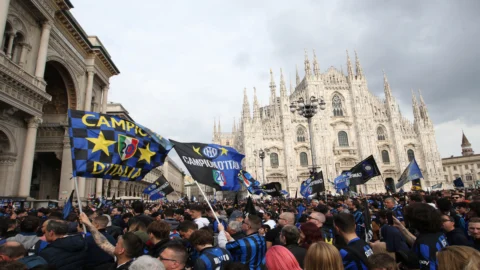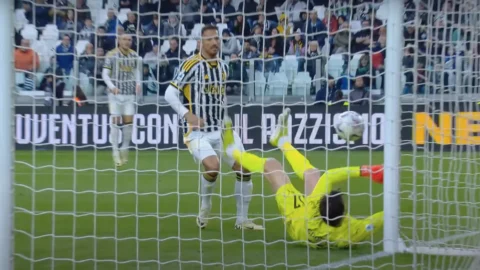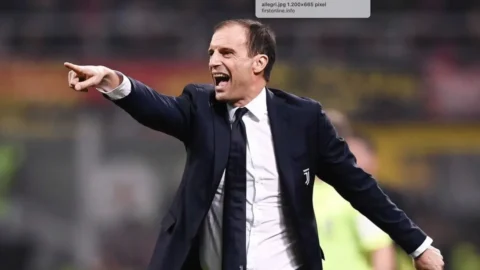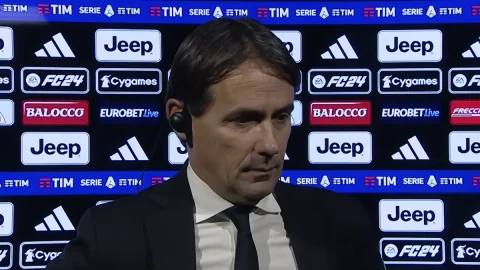The greatest footballers playing in Europe have now become real global brands. Let's take it as a starting point Cristiano Ronaldo and Lionel Messi, who occupy the first and second position in the ranking of the highest paid players in the world. Portuguese earns 87,5 million euros gross per year, the Argentine instead "only" 76,5 million.
In addition to being the stars of two of the most important clubs in the world – both in terms of football and business – they are also the main testimonials of Nike and Adidas. What does this mean? Simple, the two leading brands in the sportswear sector have entrusted the development of their product, on a global scale, to their deeds. Obviously, Cristiano Ronaldo and Messi are not two exceptional cases.
From the ranking provided by the search for "Football and Finance", relaunched by Corriere Economia, it is also noted that the fifth highest paid player in the world is Ezequiel Lavezzi, an old acquaintance of the Italian championship, with an annual salary of almost 30 million. The Argentine has now abandoned European football, deciding to emigrate to the East, and more precisely to the'Hebei Fortune. The Chinese football movement is progressively growing, and many of the first series clubs are starting to attract the interests of players who had already run their course in Europe, leveraging on an almost unlimited economic availability.
It's Italy? Obviously the Juve also monopolizes this particular ranking. The Argentine pair of goals, Higuain Dybalaoccupies the first two positions. The "pipita" earns almost 14 million gross annually, the young playmaker just under 13. In third place with 12 million the banner of Roma Daniele The Rossi.
There are numerous factors that determine this enormous gap, in terms of salaries, between players who play in Italy and those who play abroad. The Italian championship has long since lost the scepter of the most beautiful and followed championship in Europe, as happened in the times of Platini, Van Basten and Maradona.
Why? Rarefied successes at European level, low level of takings due to the lack of owned stadiums (with the exception of Juve, Sassuolo and Udinese), poor capitalization of the brand and, above all, excessive weight of salary costs on revenues.
By making the numbers speak, it is noted that if in Italy the total wages amount to 1309 billion euros, with a weight of 69% of total revenues, while in the United Kingdom the scenario is very different. Salaries indeed have a lower weight (61%) despite a total salary equal to double that found in Italy, around 2690 billion euros.
As far as revenues are concerned, as can be seen from the UEFA "benchmarking report" last January, in the last six years Serie A has grown by 380 million against the almost 2 billion in England, 900 in Germany and 550 in Spain.
In this context, in Italy the weight of television rights on revenues is the highest ever, equal to 50% against 49% English (although the comparison does not hold up given the disparity in receipts: about three to one), 36% Spanish and 27% German.
The data relating to the merchandising: this activity for English clubs already represents, on average, 44% of turnover. In Italy, clubs are struggling to expand their stores and the sale of fake shirts outside stadiums is the order of the day.
Unfortunately the growth prospects of Italian football are not rosy: the Juventus represents an oasis in the desert, both in terms of organizational capacity and brand management. The owned stadium is one of the few possibilities of maximize revenue and profits. Only Sassuolo and Udinese, two almost "family-run" companies, have decided to invest in the structure, trying to increase related businesses through shops, restaurants and merchandising points inside the stadium itself.
The goal must be to structure the stadium for the corporate segmenttrying to saturate its production capacity.
A few examples to understand the differences: Manchester United annually earns more than 140 million euros from the sale of tickets for home games in its stadium, with a percentage of use of the seats available equal to 99,5%. Milan, a club that has nothing to envy compared to the English in terms of fame and history, derives from the matches played at San Siro - a stadium under concession - only 16,7 million euros, with a percentage of use 46,6%.
Between 2008 and 2012 in Europe there were 23 new projects, in the four-year period 2013-2017 58, with England and Germany presenting 12 and 16 projects. In Italy we count three to date, and someone still wonders why our football continues to chase European standards of excellence.

